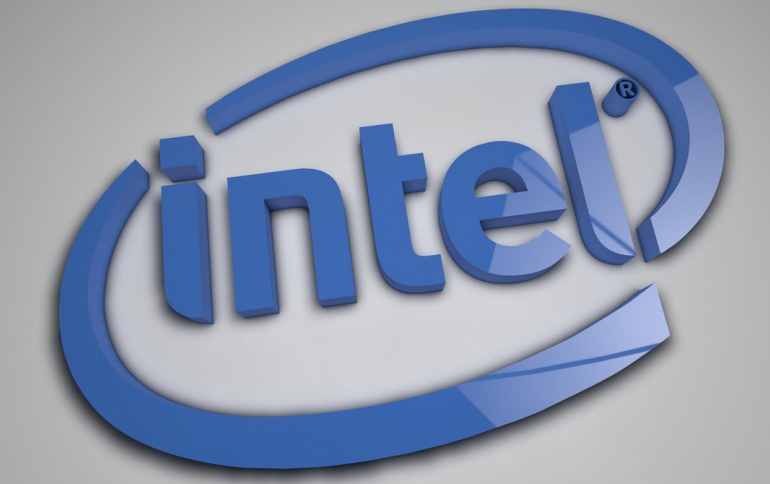
Intel Hits Q2 Financial Target, Pushes Back Transition to 10nm
Intel reported second quarter revenue generally in line with expectations, with sales of chips for data centers to help offset a continued decline in PC sales. The company also talked about the challenges of Moore's Law and announced a new desktop chip. "Second-quarter results demonstrate the transformation of our business as growth in data center, memory and IoT accounted for more than 70 percent of our operating profit and helped offset a challenging PC market," said Intel CEO Brian Krzanich. "We continue to be confident in our growth strategy and arefocused on innovation and execution. We expect the launches of Skylake (14nm), Microsoft's Windows 10 andnew OEM systems will bring excitement to client computing in the second half of 2015."
Revenue from the PC business, Intel's largest, fell 13.5 percent to $7.54 billion in the quarter ended June 27.
Intel’s data center group saw a 5% increase in revenue from the first quarter of this year and up 10% from 2014 to $3.9 billion. This increase was primarily driven by strong results in cloud and networking infrastructure, said Chief Financial Officer Stacey Smith.
Intel’s partnership with Micron on NAND flash lead to a 40% growth in Intel’s NAND business. The company also saw a 4% increase in its Internet of Things segment.
Krzanich said Intel’s chips will likely stay in a 14nm process for longer than usual for a new node, and the company will slightly delay the purchase of some 10nm equipment. " The lithography is continuing to get more difficult as you try to scale and the number of multi-pattern steps is increasing," he noted.
To make up for the delay, Intel has added a new chip design to its roadmap that will appear in the second half of next year, manufactured on its current 14-nanometer process. Code-named Kaby Lake, the new design will be "built on the foundations" of Skylake, Intel's latest microarchitecture, but with performance improvements, Krzanich said.
A 10-nanometer model with the code name Cannon Lake is promised to follow during the second half of 2017.
The 10nm node is expected to require triple patterning of three to five metal layers. Prior nodes required only double patterning.
Smith forecast $14.3 billion in revenue for the third quarter of 2015, up 8% from Q2. Revenue for the full year of 2015 is expected to drop approximately 1%, where previous outlooks have been flat.





















